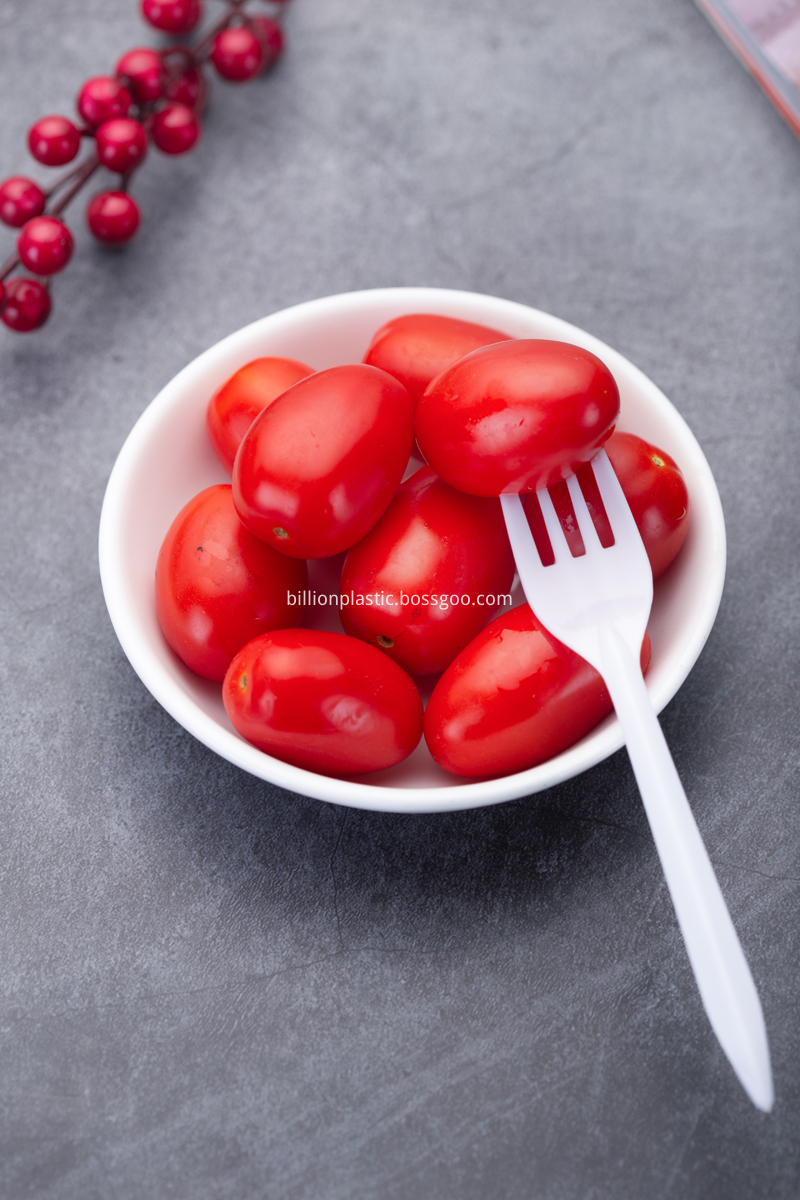Solar photovoltaic power generation systems have been around for many years, but due to their high initial investment, they have not been widely used in architectural lighting systems. With the rapid development of light-emitting diode technology, especially the high-efficiency characteristics of white light diodes, the lighting system combining solar photovoltaic power generation system and LED light will become a new way of energy saving for architectural lighting.
1 Photovoltaic power generation principle As the world's second largest energy consumer, the Chinese government has always attached great importance to energy and energy conservation work. As early as the early 1980s, it put forward the principle of equal emphasis on energy development and conservation, and prioritized conservation. Incorporate into national economic and social development plans. To solve China's energy problems, on the one hand, we must open source and increase domestic energy exploration and development; on the other hand, we must continue to save money, we must adhere to saving priorities, greatly improve energy efficiency, and accelerate the construction of a conservation-oriented society.
In the 1950s, a practical monocrystalline silicon solar cell was first produced in Bell Labs, USA, and a practical photovoltaic power generation technology that converts solar energy into electrical energy was born. The basis of the working principle of the solar cell is the photovoltaic effect of the semiconductor PN junction, which is an effect of the electromotive force and current generated when the object is subjected to illumination, and the state of charge distribution in the object changes. That is, when sunlight or other light illuminates the PN junction of the semiconductor, a voltage appears on both sides of the PN junction, called a photo-generated voltage, which short-circuits the PN junction, and a current is generated.
Solar power generation is a way of generating electricity that does not require direct conversion of light energy into electrical energy through thermal processes. It includes photovoltaic power generation, photochemical power generation, optical induction power generation and photobio power generation. Photovoltaic power generation is a direct power generation method that utilizes solar energy and semiconductor electronic devices to effectively absorb solar radiation energy and convert it into electrical energy. It is the mainstream of today's solar power generation. Nowadays, it is often said that solar power generation is solar photovoltaic power generation (PV), also known as solar cell power generation.
2 Solid-state lighting principle In recent years, solid-state lighting has been rapidly developed. Solid-state lighting refers to lighting technology using all-solid-state light-emitting devices as light sources, and currently mainly includes light-emitting diodes (LEDs) and organic light-emitting diodes (OLEDs) for semiconductor lighting. As an illumination source, LED lamps have the advantages of high photoelectric conversion efficiency, low voltage power supply and long service life. They can selectively emit monochromatic light or white light efficiently, so energy can be greatly saved. A semiconductor light-emitting diode (LED) uses a minority carrier injected into a PN junction to recombine with a majority of carriers to emit visible light, which is a light-emitting device that directly converts electrical energy into light energy. The structure of the light emitting diode is mainly composed of a PN junction chip, an electrode, and an optical system. When a forward bias is applied to the electrode, electrons and holes are injected into the P region and the N region, respectively. When the unbalanced minority carrier is combined with the majority carrier, the excess is in the form of a radiated photon. Energy is converted into light energy. The illuminating process includes three parts; carrier injection under forward bias, composite radiation, and light energy transmission. LEDs have many advantages: low operating voltage, low power consumption, stable performance, long life (generally 100,000 to 10 million h); high impact and vibration resistance; light weight, small size and low cost.
Our Plastic Fork is Perfect for fast paced food, on the go meals or snacks. Its usability: Airline catering, food courts, hotels, parties, fast food and Ice cream outlets, coffee shops,picnic, outdoor events and all types of catering houses. With classic design and food grade material, the PP forks are affordable, cost effective and sustainable alternative.


Plastic Forks Bulk, Plastic Fork in Garden, Plastic Fork, Fork Spoon, Disposable Plastic Fork,Food Grade PP Plastic Fork
BILLION PLASTIC MANUFACTURING CO.,LTD, JIANGMEN , https://www.jmplasticbag.com